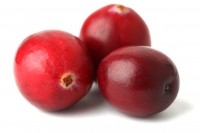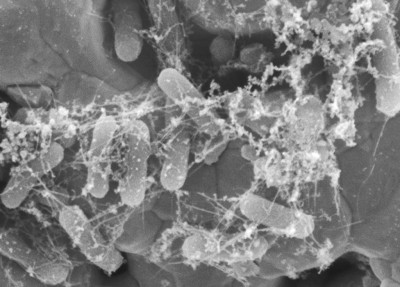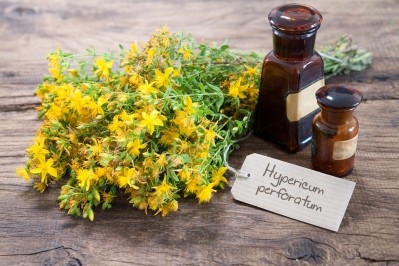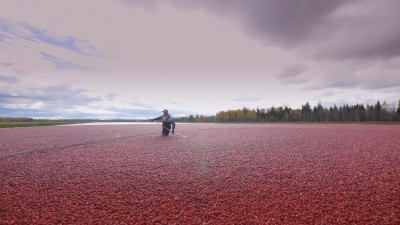New standard cranberry research material expected to boost reproducibility of studies
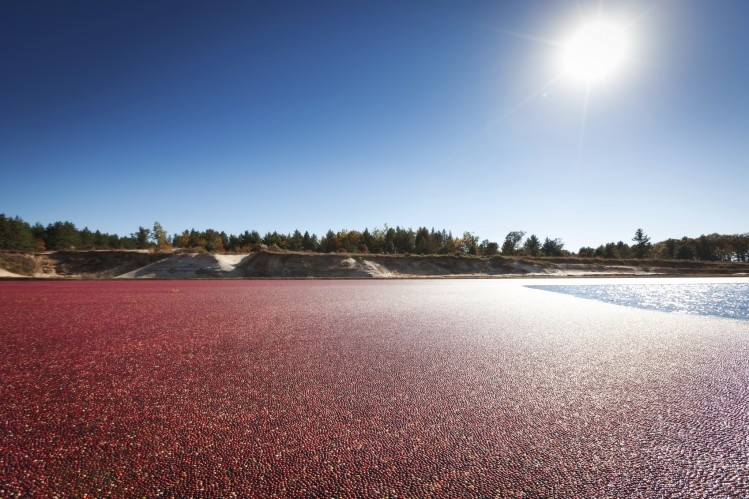
The institute, a group funded by companies that handle, process and sell cranberries, has developed a new specification for cranberry powder to be used in research studies, and has a specification for the composition of placebo material, too. The institute also makes available the powder itself to researchers.
The development mirrors that of other polyphenol-rich botanicals such as blueberries and strawberries, where standard material is available to researchers. It is expected to help work around one of the main weaknesses in botanical research, that being the imperfect characterization of the material used. If researchers are not experts in the chemical analysis of botanicals they may unwittingly use a material that is of lower quality or might even be adulterated. In the case of cranberry, grape seed extract and even peanut skin extract have shown up as adulterants.
Precise delineation of constituents
Christian Krueger, principal in the analytical chemistry firm Phytochemical Solutions and a research director at the University of Wisconsin Madison, has helped develop a method known as MALDI-TOF to more thoroughly characterize the proanthocyanidins in cranberry. Krueger participated in the writing of the specification and was a speaker at the institute’s most recent Cranberry Health Research Conference which took place last October in Madison. Krueger emphasized he was speaking only for himself as researcher who’s done work on cranberry and not as a representative of the institute itself.
“The Cranberry Institute contracted with us to conduct the analysis,” Krueger said. “The material’s certificate of analysis provided to researchers incorporates the standard reference material, which is an improvement over the previous HPLC or DMAC A2 testing standard; results of a butanol-HCl assay for quantification of insoluble (non-extractable) proanthocyanidins, DMAC C-PAC assay for quantification of soluble proanthocyanidins and fingerprint analysis for identification and prevention of adulteration via MALDI-TOF testing. Each powder produced is also tested for efficacy.”
Research on cranberry has focused in the past on the botanical’s affect on urinary tract infections. More recent studies have looked at the berry’s effects on the gut microbiota and its potential cardiometabolic effects. Krueger said judging the overall evidence for cranberry is complicated by the imprecision in the materials used.
“There are a number of studies conducted on cranberry over the decades that have used a variety of forms. There have been studies on juice, on sweetened dried cranberries, on extracts used in dietary supplements. It’s hard then to correlate outcomes,” Krueger said.
Standard material equates to reproducibility
The specification calls out the overall polyphenol content of the material, and drills down to specify the soluble and insoluble proanthocyanidins, the anthocyanins and flavanols, and a host of acids present in the berry including hydroxycinnamic acid, tartaric acid and fumaric acid.
The specification also spells out the distribution of proanthocyanidins based on the ratio of A-type and B-type linkages within the molecules. This is where Krueger’s method comes in; prior to the development of this technique, it was impossible to precisely delineate the proanthocyanidins based on these linkages. Not being able to make that distinction is one of the things that has allowed grape seed extract to creep in, as this substance can mimic cranberry on some other types of tests, but won’t pass a MALDI-TOF screening, Krueger said. Krueger’s method has also been included in the latest version of the American Herbal Pharmacopoeia’s cranberry monograph.
“In putting out the spec sheet the institute is really highlighting the new tools that are available,” Krueger said. “It will help ensure there is consistency and reproducibility in studies. That certainly has been an issue across the botanical sector.”
Canadian cranberry supplier Fruit d’Or had cooperated with Krueger on the development of his mass spectrometry technique and uses it in the characterization of its own ingredients. Sales and business development director Stephen Lukawski said the institute’s new specification “recognizes the need for identification, standardization and efficacy. This need is not exclusive to the cranberry industry. Now that the tools and expertise exist, if you’re doing a clinical study on any raw ingredient or formulated product, you should be mandated to know its composition. How else can you link the efficacy with the material used?”
